Key Takeaways
- Red ants are attracted to food, moisture, and warm nesting spots.
- Common species include fire ants, carpenter ants, and pavement ants.
- Weather patterns like rain and drought can increase ant activity.
- Fire ants pose a serious stinging risk, while carpenter ants can damage wood structures.
- Prevention includes eliminating food sources, sealing entry points, and using bait treatments.
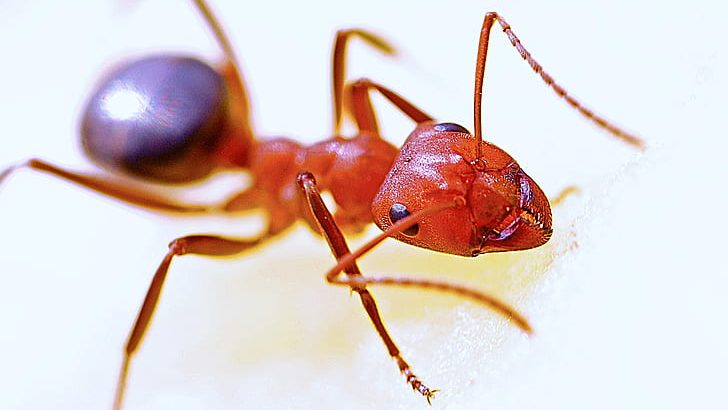 Red ants are a common sight in many U.S. households, especially in warm and humid climates. Whether you see fire ants, carpenter ants, or other red ant species, their sudden appearance in large numbers can be alarming. Many homeowners wonder why their yards seem to be a hotspot for these pests and what they can do to stop the infestation before it reaches their homes.
Red ants are a common sight in many U.S. households, especially in warm and humid climates. Whether you see fire ants, carpenter ants, or other red ant species, their sudden appearance in large numbers can be alarming. Many homeowners wonder why their yards seem to be a hotspot for these pests and what they can do to stop the infestation before it reaches their homes.
This guide explores the reasons why red ants gather outside your house, the types of red ants commonly found in the U.S., environmental and seasonal factors contributing to their presence, and effective prevention and control methods. By understanding these contributors, you can take proactive steps to reduce the number of ants around your home and prevent a full-blown infestation.
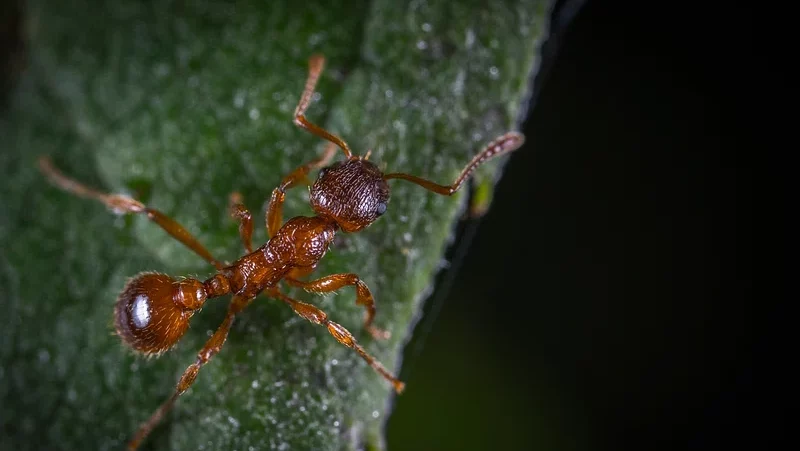

Not getting a solution?
Get your free pest control estimate today!Common Reasons for Red Ant Infestations Around Homes
Red ants are drawn to specific conditions that make your property an attractive nesting or foraging ground. Here are the key reasons you may be seeing an increase in red ants around your house:Availability of Food Sources
- Red ants are opportunistic foragers and will seek out easily accessible food. Common attractants include:
-
Leftover Pet Food: If you leave pet food outdoors, it can become a target for fire ants and other red ant species looking for an easy meal.
-
Trash and Food Waste: Open garbage bins, fallen fruit from trees, or discarded scraps create a prime feeding area for ants, attracting large colonies.
-
Sugary Spills or Crumbs: Outdoor eating areas with food residue, such as sugary spills or crumbs, can quickly attract red ants searching for nourishment.
- Lawn edges and garden beds
- Sidewalk cracks and driveway gaps
- Mulch piles and leaf litter
- Under decks, patios, and porches
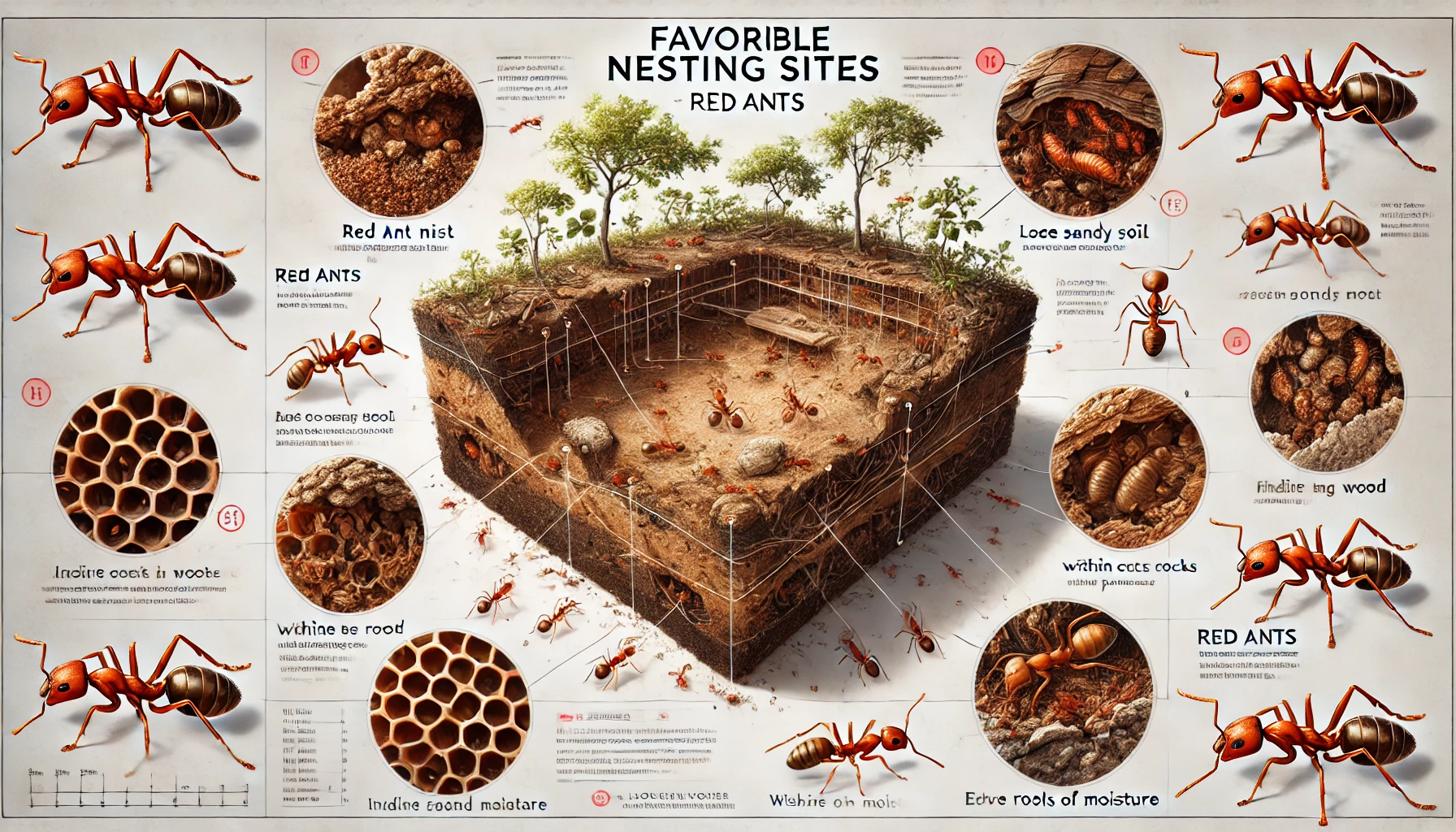 3. High Moisture and Humidity
Ants, like many insects, thrive in areas with consistent moisture. Your yard may be attracting red ants due to:
3. High Moisture and Humidity
Ants, like many insects, thrive in areas with consistent moisture. Your yard may be attracting red ants due to:
- Overwatered lawns or gardens
- Leaky hoses, pipes, or irrigation systems
- Puddles and standing water after rain
Seasonal Factors and Weather Changes
- The number of red ants outside your house can fluctuate with the seasons.
-
Spring and Summer: Red ants become more active as the weather warms up. Mating season occurs during this time, leading to increased ant activity as they establish new colonies.
-
After Rainstorms: Fire ants are known to relocate their colonies after heavy rain, which can cause sudden appearances of mounds throughout your yard.
-
Droughts and Heat Waves: During dry seasons, red ants may move closer to houses in search of water, increasing their presence near foundations and inside cracks.
Additionally, honeydew-producing insects like aphids and scale insects can draw ants to plants and trees. If red ants are swarming a tree or shrub, it could be due to an existing pest problem. 6. Nearby Infestations or Colonies Expanding Ants reproduce rapidly and establish large colonies. If your neighbors or nearby properties have untreated ant infestations, the ants may expand into your yard in search of food and nesting space.
Certain species, such as Argentine ants and fire ants, are highly invasive and will create supercolonies, spanning multiple properties. If one colony is eliminated, surviving ants may relocate their nests, causing a temporary surge in ant activity around your house.
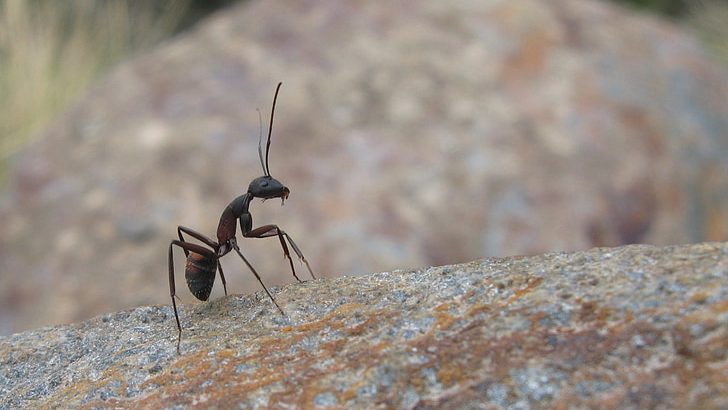
Types of Red Ants Commonly Found in U.S. Households
Several types of red ants may be responsible for the infestation outside your home. Identifying the species can help you determine the best control methods.Red Imported Fire Ants (Solenopsis invicta)
-
Size: 1/8 to 1/4 inch
-
Appearance: Reddish-brown body with a darker abdomen
-
Nesting Sites: Large dome-shaped mounds in open lawns, near sidewalks, or along driveways
-
Risks: Fire ants deliver painful stings, can be aggressive, and pose a threat to pets and children.
Carpenter Ants (Camponotus spp.)
-
Size: 1/4 to 1/2 inch
-
Appearance: Black and red color variations
-
Nesting Sites: Inside rotting wood, tree stumps, wooden structures, decks, and logs
-
Risks: While they don’t sting, carpenter ants tunnel through wood, weakening structures over time.
Pavement Ants (Tetramorium caespitum)
-
Size: 1/8 inch
-
Appearance: Dark red to brown
-
Nesting Sites: Cracks in pavement, along sidewalks, and under concrete slabs
-
Risks: Can enter homes looking for food but are generally not aggressive.
Tawny Crazy Ants (Nylanderia fulva)
-
Size: 1/8 inch
-
Appearance: Reddish-brown with long legs
-
Nesting Sites: Near electrical equipment, around building foundations, in damp areas
-
Risks: Known to damage electrical wiring and appliances by short-circuiting systems.
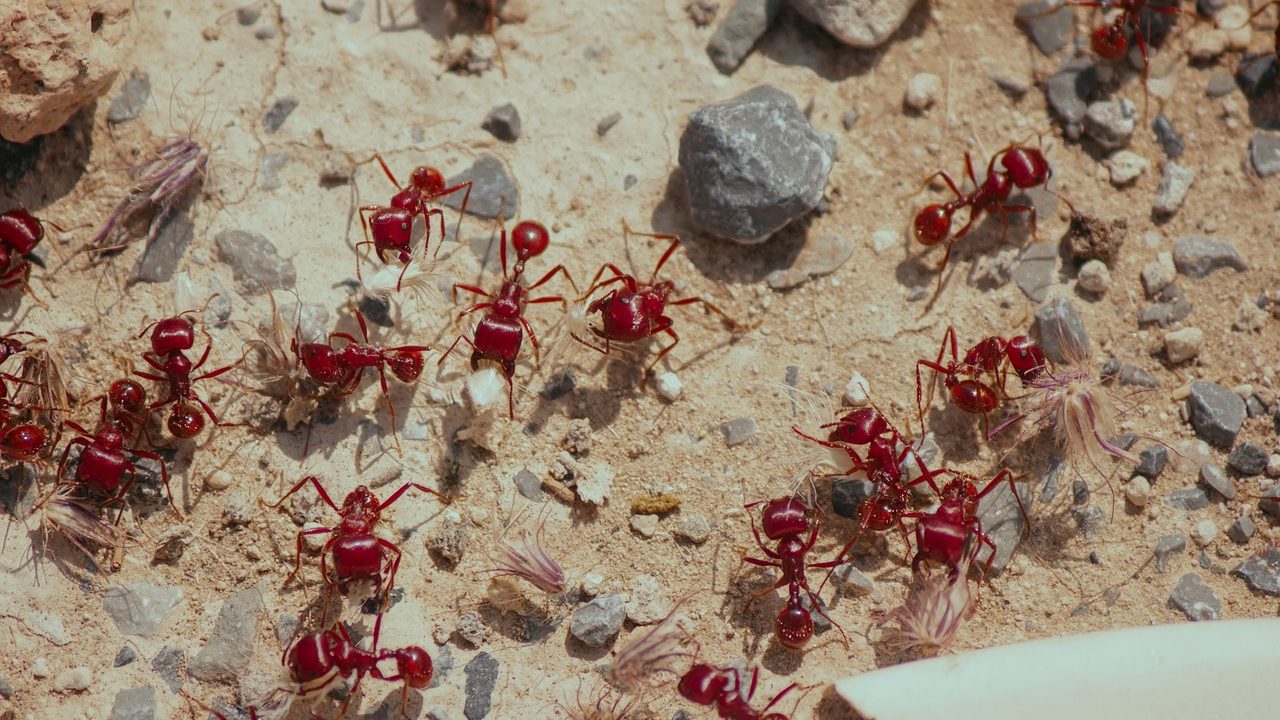
How to Prevent Red Ant Infestations
Preventing red ants from overrunning your yard requires proactive maintenance and proper pest control techniques.Remove Food and Water Sources
- Store pet food in airtight sealed containers and avoid leaving food outdoors.
- Keep trash bins tightly covered and clean.
- Wipe down outdoor eating areas to remove crumbs and spills.
- Fix leaks and drainage issues to reduce standing water.
Maintain Your Yard
-
Trim Trees and Shrubs: Prevent ants from using branches as bridges to access your house.
-
Mow Your Lawn Regularly: Disrupt ant colonies and reduce nesting sites in tall grass.
-
Reduce Mulch Thickness and Clear Leaf Piles: Minimize shelter for ants by keeping mulch thin and removing leaf piles.
-
Eliminate Aphids and Plant Pests: Remove pests that produce honeydew, a food source that attracts ants.
Seal Entry Points Around Your Home
- Inspect foundation cracks, gaps under doors, and window screens.
- Use caulk to seal small openings where ants can enter.
- Install weather stripping to block access points.
Use Ant Baits and Treatments
- Apply granular ant bait around the yard to target fire ant colonies.
- Use liquid bait traps to attract and kill foraging ants before they enter your home.
- Apply outdoor insecticide barriers along the foundation to prevent ants from moving inside.
If you feel things have gone out of control, it is advised to contact pest control professionals. Our team can provide a customized approach to protect your home effectively.
Visit our Species, Control, and DIY Guide sections for additional resources on ants and ways to tackle a ants infestation.





